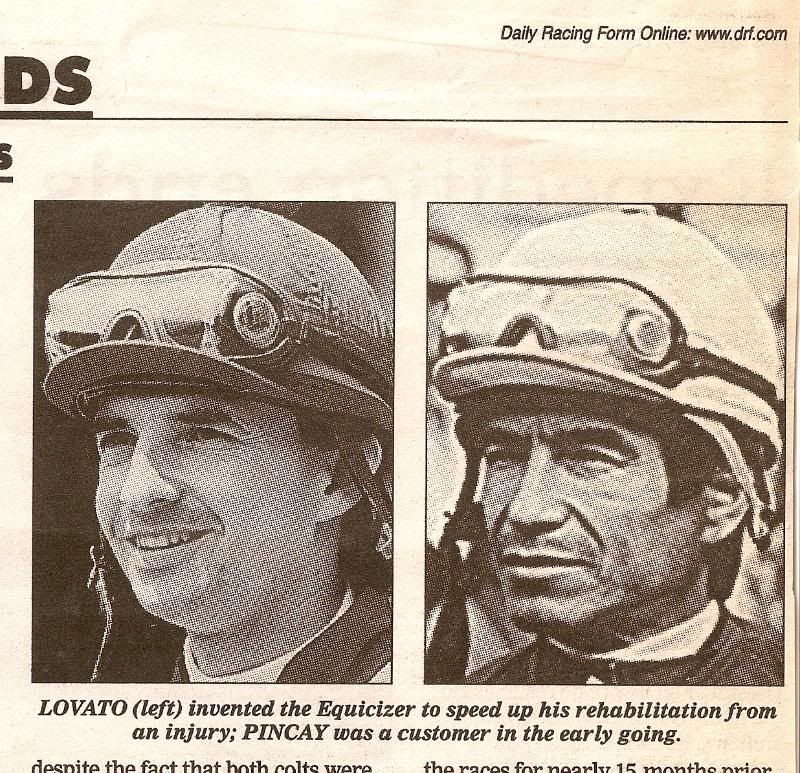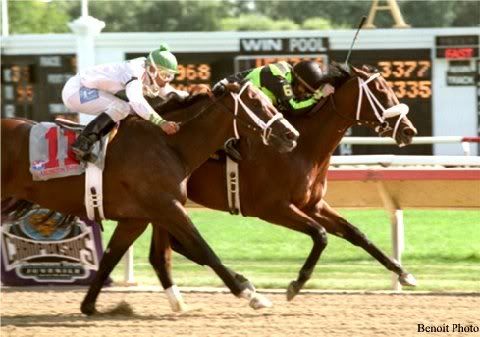In Wooden Horse Wednesday’s sixth blog, we are going to show you the packaging process for the Equicizer. This is the third in a three part series. Make sure you are caught up on parts one and two first!
Fun facts about the Equicizer:
- Frankie builds the cartons the Equicizers ship in and packages the Equicizers himself.
- Aside from the United States, the Equicizer has shipped to 27 countries including places such as Canada, all over Europe, the United Arab Emirates, China, Australia, New Zealand, Korea, Japan and many places in between!
- The Equicizer was used in the making of the major motion picture “Seabiscuit”, the television series “Wild Fire” and the reality TV series “Big Brother”.
Many people don’t realize, the Equicizer is packaged in-house – in other words, all of the wrapping and packaging (including building the cartons the Equicizers ship in) is done in our shop here in Norwalk, Ohio by Frankie.
The packaging process begins with building the cartons. Long pieces of corrugated cardboard are secured together to make lids for the cartons and the wooden sleds are built to serve as a foundation for the Equicizer to sit on inside the carton.
The wheels for the Equicizers are packed into boxes which will ship inside the cartons along with the Equicizers. The sleds are also prepared.
The Equicizer is set and secured into the wooden sled and is strapped down.
Next, the Equicizer is covered in protective plastic wrap and the walls, top and bottom of the carton are put into place.
Then the Equicizer carton is strapped together securely and the appropriate stickers, as well as the set up instructions, are placed on the outside of each carton.
Lastly, shipments are set up and the Equicizer gets wheeled right outside the shop to the waiting freight truck and is on the way to its new owner!
This process is done for each Equicizer sent out! The Equicizer itself weighs only 160lbs but packaged, it weighs 210lbs – still light enough for two people to move around!
Bonus: See a video of "The Making of Zenyatta". Zenyatta is the Equicizer we made for jockey Mike Smith. https://www.youtube.com/watch?v=HJ_6g_xY8Cg








